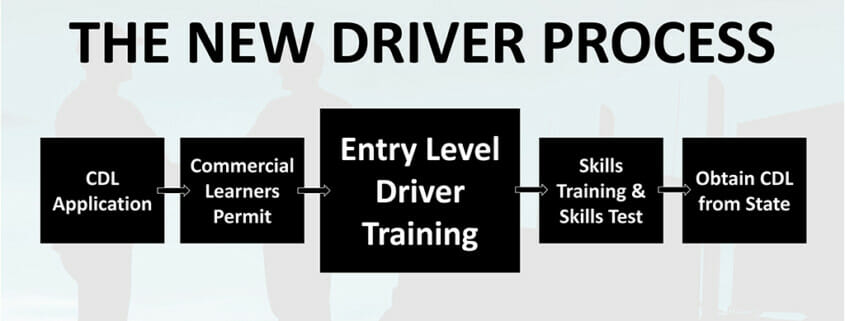Negotiating Commercial Truck Insurance
When it comes to commercial truck insurance, there are many points of data that you need to monitor closely and prepare to discuss with your insurance underwriter. It’s important to give the underwriter a full picture instead of a snapshot.
There is so much data available about companies as well as drivers that can count against you without the proper context. This out of context data makes it easier for plaintiff attorneys to go after large payouts and can lead to increased insurance rates or denial from insurance companies.
So, how do you keep this data in the right context? Make sure to tell your driver data story up front.
Telling Your Driver Data Story
The trick to providing the right background is to answer questions about the data before the underwriter asks. If you can’t tell the story behind bad stats, you could easily be rejected or be required to pay higher rates.
You need to tell the story behind poor records or show steps you are taking to improve on problem areas. Give clear records of corrective action steps taken where necessary. You also want to show clear records of all training assigned and completed to show steps to improve safety for your company.
There are many factors that go into the rising commercial truck insurance costs, including increased nuclear verdicts, driver shortages, and the number of commercial insurance carriers available. These factors make it more important than ever to tell the right story when it comes time to renew your insurance.
When gathering your data, there are a couple factors you should consider to tell the right story.
What Factors Influence Insurance Rates?
We all know insurance underwriters look at your crash rates, violations, and other important safety factors when determining what rates are available for your company. But, what other factors play a role in their decision? These are the areas where you have the best chance of telling your story.
Driver retention is a big factor for insurance companies. The available data shows that more accidents happen in the first two years with a new company for drivers. These statistics are the same no matter how long the driver has been operating through their career.
These increased accidents are due to drivers getting used to new equipment and new routes. If you can show your company has a good driver retention rate, you have more negotiating power. If you do have new drivers, but they are owner-operators, make sure your insurance underwriter knows up front that these drivers are operating equipment they are already familiar with.
Another factor in negotiating commercial truck insurance is dealing with the common violations that have easy fixes. A big one here is seat belt use. Provide training and encourage drivers to wear their seat belts at all times.
These seat belt violations are far too common, cost carriers more money than other seemingly more serious violations, and are simple to get under control. This easy fix can save significant amounts when it comes to insurance costs.
Ongoing Training to Improve Your Data Story
The best thing you can do to improve your driver data story is to provide consistent, ongoing training to your drivers. This includes orientation, ongoing, and corrective action training to ensure drivers are prepared to deal with any concerns on the road and improve your company safety culture.
Online training management with Infinit-I Workforce Solutions makes it easy to provide this consistent training. Drivers can access their training from any device with an internet connection, and complete training on their own schedule. This means you can get more of your drivers to complete the training that helps reduce factors that count against you during commercial truck insurance negotiations.
The Infinit-I system is easy to set up and easy to use. To see for yourself, request a demo.













